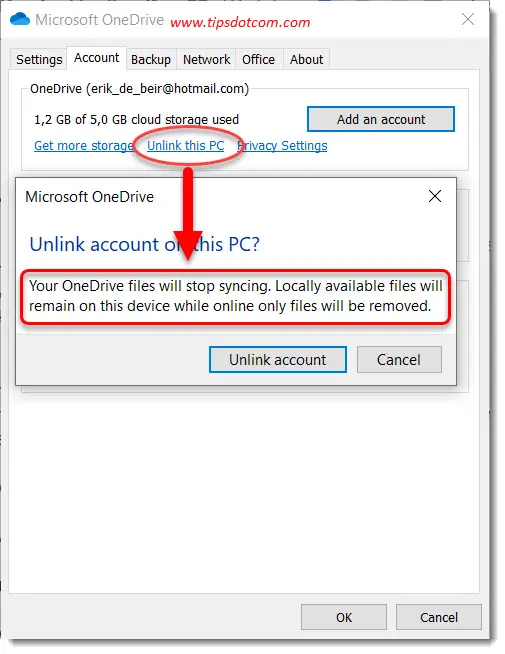
I use it to uninstall any apps from my system. Note: Once OneDrive has been unlinked/uninstalled, you can safely delete any leftover files on your computer. Deleting them on your computer won’t delete them on OneDrive’s server. Step 1: Search for and open Registry Editor from the Start menu with admin rights This trick is for when you can still witness the empty OneDrive folder after uninstalling OneDrive from your computer. Step 2: Drill down to the folder structure below. HKEY_CLASSES_ROOT\CLSID\" /f One Drive for Everythingįollowing the above steps should have uninstalled Microsoft OneDrive or disabled it completely. You shouldn’t notice it in the File Explorer or anywhere else while using the computer daily.

That’s as far as you can go with OneDrive. Microsoft makes it incredibly hard to uninstall OneDrive in the traditional sense, like how we uninstall other apps on the fly. It is a freemium app that connects with many other Office 365 apps, which is further part of the Microsoft 365 suite now. In a way, OneDrive works much like Google Drive. It acts as a container or space to save all files related to all Microsoft apps that you use. Frankly, I like OneDrive, especially the Personal Vault feature, and wish Google offered something like that too. While I understand the urge to get rid of it for those who don’t use it, I recommend you just unlink the account and uninstall the app.


You don’t want to break the core functionality of the OS because Microsoft seems to be trying too hard to push it. Next up: Can’t decide between iCloud and OneDrive? Click on the link below to learn the core differences between two apps and which one is better suited for your needs.


 0 kommentar(er)
0 kommentar(er)
